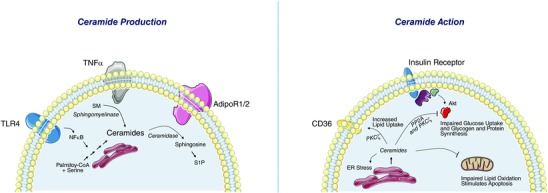Figure 1. Ceramide production and action in insulin‐responsive tissues .

Left, ceramide biosynthesis requires saturated fatty acids and palmitate in a four‐step biosynthetic pathway. Intervening in this pathway invariably improves insulin sensitivity in rodents. Inflammatory modulators stimulate this biosynthesis and/or promote the conversion of sphingomyelin back into ceramides. Adiponectin further modulates ceramide levels by controlling its rates of degradation. Right, once ceramide levels rise above a critical threshold level, they antagonize insulin signalling, increase lipid uptake, and inhibit lipid oxidation. These contribute to the tissue dysfunction that underlies metabolic disorders.
